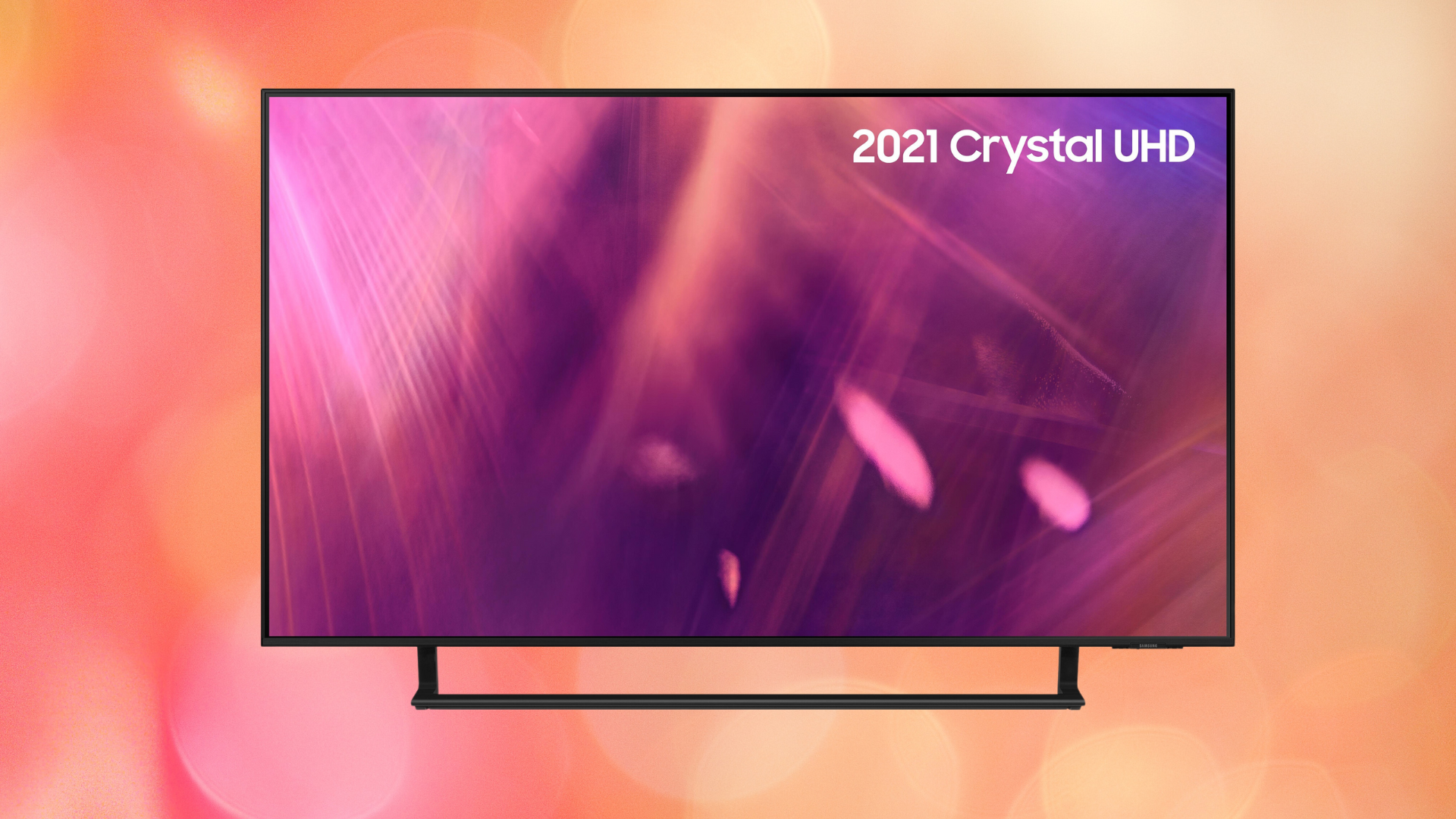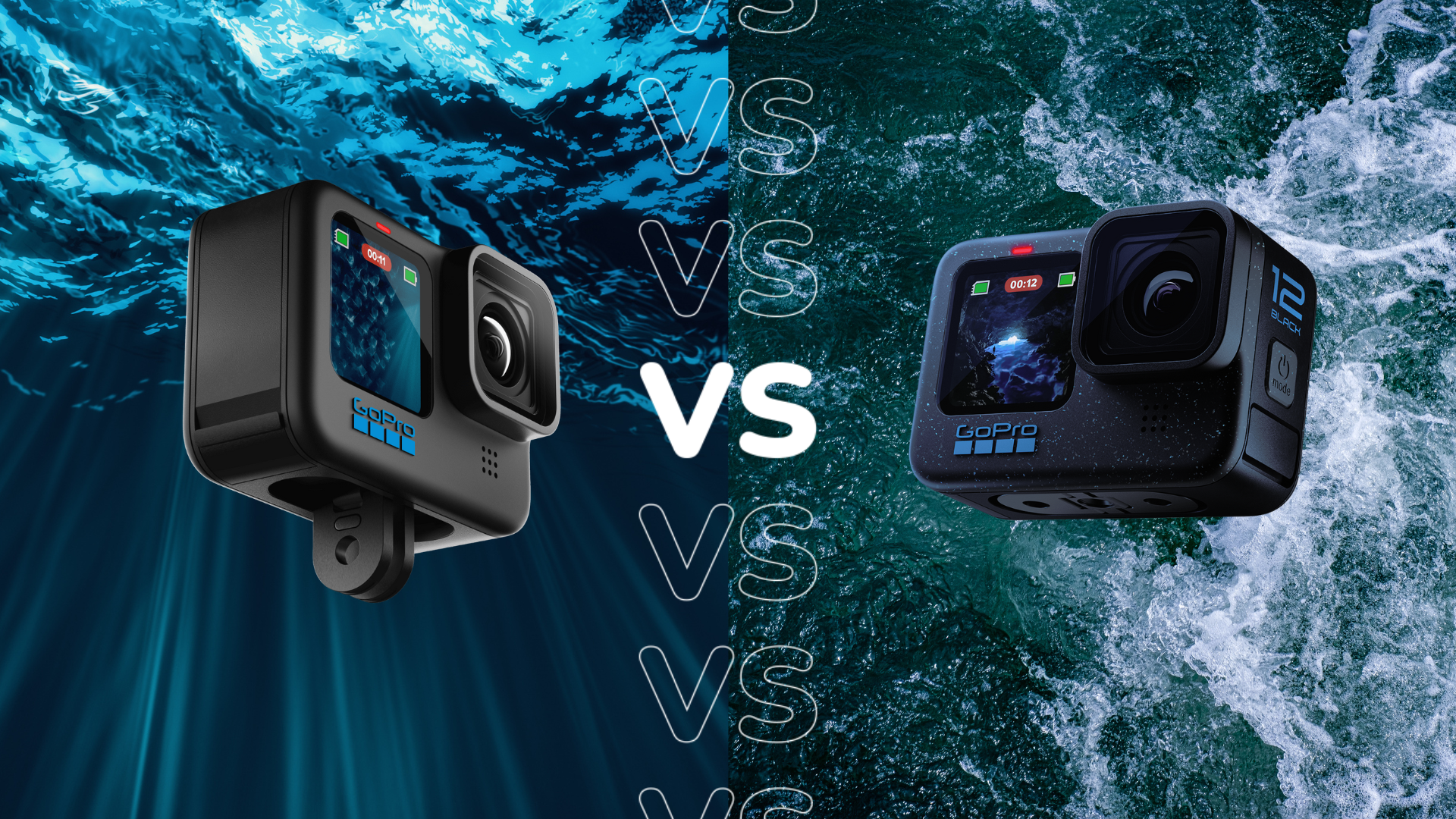AMD Ryzen 7000 vs Intel Alder Lake: What’s the difference?
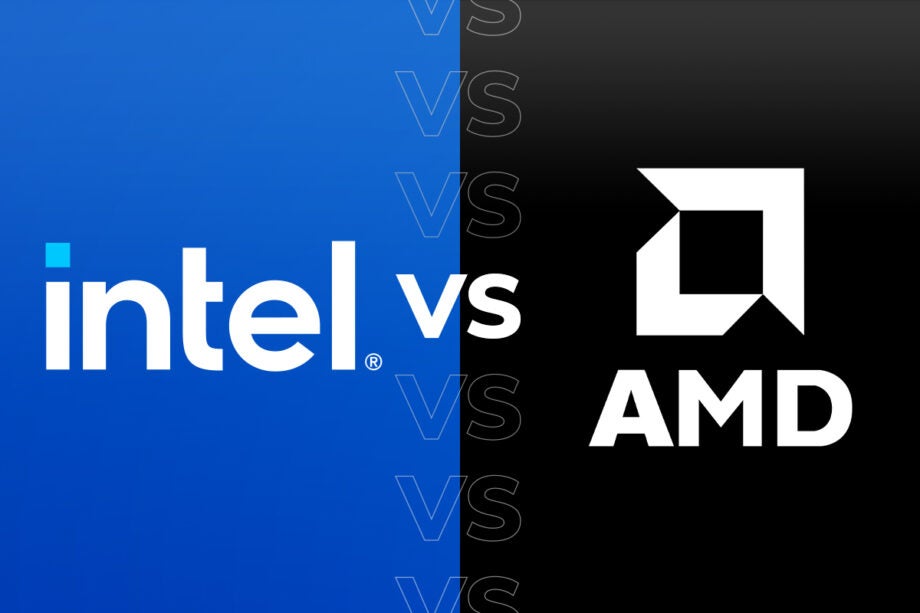
During Computex 2022, AMD officially unveiled its upcoming Ryzen 7000 desktop processor range, which will looking to usurp the Intel Alder Lake (12th Generation) family.
But which processor is the best option, and how do they compare? Ryzen 7000 is yet to be released, so we haven’t been able to test it or form any sort of final verdict just yet. But since AMD has revealed some of the specs, we’ll still be comparing it with Intel Alder Lake to see how the processor ranges differ.
So without further ado, here’s how AMD Ryzen 7000 matches up with Intel Alder Lake.
AMD Ryzen 7000 uses 5nm architecture
AMD has confirmed that its Ryzen 7000 range of processors will be based upon the new Zen 4 architecture, which uses a 5nm node.
Generally, the smaller the node the better, as it allows chip manufacturers to squeeze more transistors onto the CPU. With this in mind, AMD has the advantage since Intel Alder Lake is built upon a ‘10nm Enhanced SuperFin’ which the company calls ‘Intel 7 process’.
But Intel argues the size is not as important as it used to be, with its hybrid design ensuring Alder Lake still provides a competitive performance. Nevertheless, AMD’s success in designing a 5nm desktop processor has to be commended.
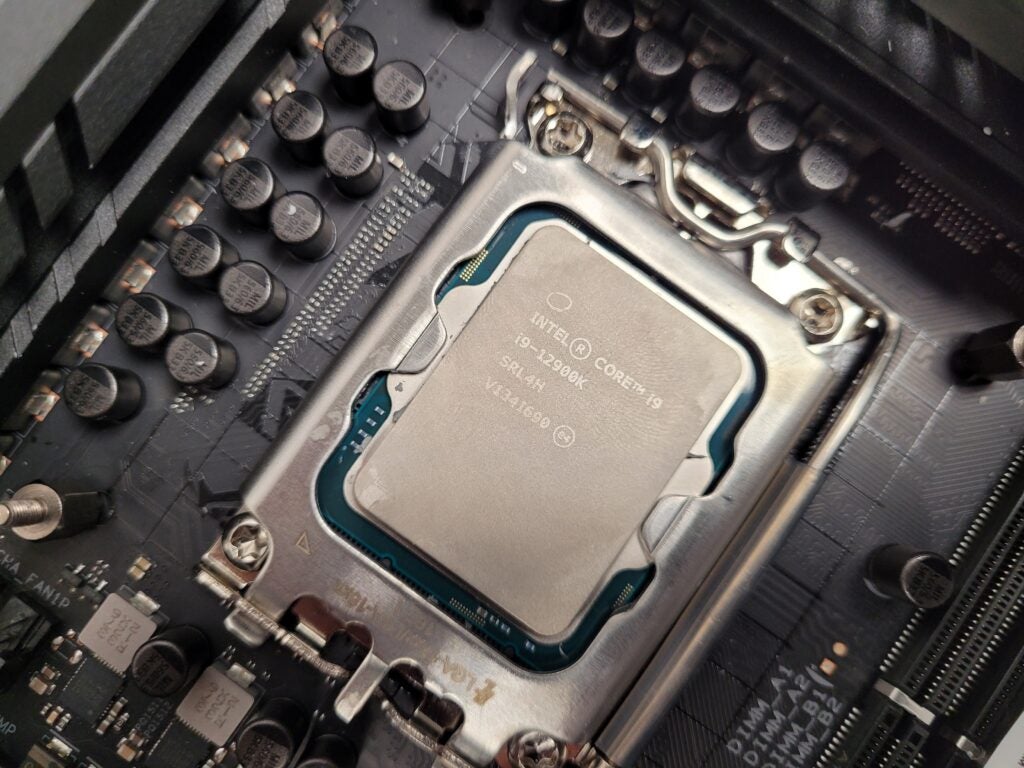
AMD could offer more cores and threads
Intel’s Alder Lake processors are very impressive, but they do have an underwhelming core count, with the range maxing out at 16 cores and 24 threads. For comparison, AMD’s existing Ryzen 9 5950X chip already packs 16 cores and 32 threads.
To make matters worse, rumours (via Forbes) indicate that AMD could launch a new Ryzen 9 7950X chip with a whopping 24 cores and 48 threads. This would give AMD a huge advantage when it comes to multi-threaded performance.
That said, AMD has not revealed any details about individual SKUs and core counts just yet, so we’ll have to wait a few more months until we know whether these rumours are accurate.
Ryzen 7000 could match Intel’s frequency speeds
Intel historically rules the roost when it comes to max frequency speeds, but AMD’s Ryzen 7000 desktop processors may be about to change that. AMD has confirmed that its upcoming chips are capable of hitting frequency speeds beyond 5GHz, while also demonstrating its CPU running at 5.5GHz while playing the video game Ghostwire: Tokyo.
For comparison, the flagship Alder Lake processor (Intel Core i9-12900KS) is capable of a 5.5GHz max turbo frequency speed, which is the exact same speed as its upcoming AMD rival.
Of course, the frequency speed won’t paint the whole picture for gaming performance, but it’s still a fantastic achievement for AMD as it looks to challenge Intel’s dominance in this area.
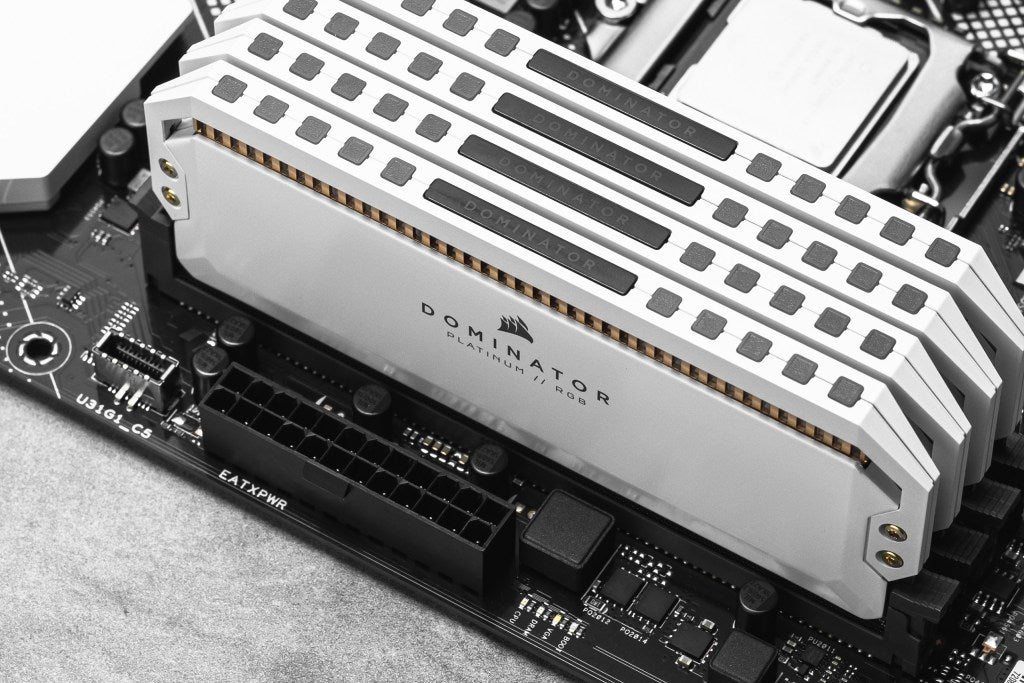
Both support DDR5 memory
One of the most exciting aspects about Intel’s Alder Lake is that it supports DDR5 memory, allowing your PC to use faster RAM in order to raise the performance ceiling.
While DDR4 memory maxed out at a 16GB per memory chip, DDR5 lifts it up to 64GB memory capacity and so proves to be a huge improvement on its predecessor.
Intel boasted a big advantage when its Alder Lake processors were confirmed to support DDR5 memory back in 2021, but now AMD has closed the gap with Ryzen 7000 also sporting compatibility.
We will have to wait longer for Ryzen 7000
AMD is yet to launch any of its Ryzen 7000 desktop processors, with the company citing a ‘Fall 2022’ release.
Intel Alder Lake desktop chips launched in November 2021, and so nearly had a year-long headstart on its AMD counterpart.
But it’s worth remembering that Intel is currently working on a new generation (13th Generation) of desktop processors called Intel Raptor Lake. These upcoming chips could launch before the end of 2022, giving AMD a more up-to-date rival to contend with.


